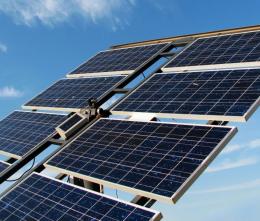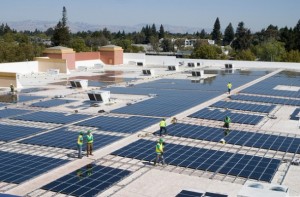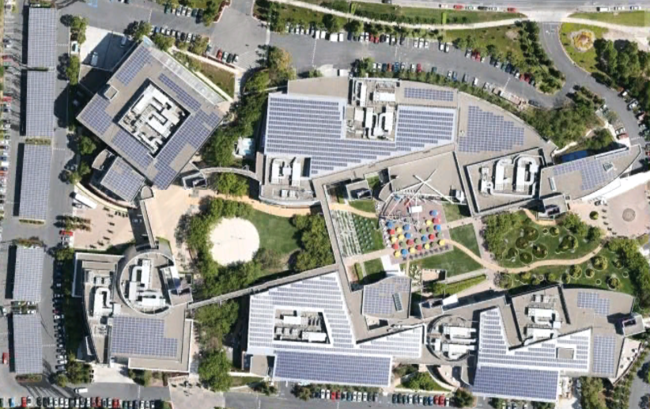
Some solar devices, like calculators, only need a small panel of solar cells to function. But supplying enough power to meet all our daily needs would require enormous solar panels. And solar-powered energy collected by panels made of silicon, a semiconductor material, is limited — contemporary panel technology can only convert approximately seven percent of optical solar waves into electric current.
Profs. Koby Scheuer, Yael Hanin and Amir Boag of Tel Aviv University’s Department of Physical Electronics and its innovative new Renewable Energy Center are now developing a solar panel composed of nano-antennas instead of semiconductors. By adapting classic metallic antennas to absorb light waves at optical frequencies, a much higher conversion rate from light into useable energy could be achieved. Such efficiency, combined with a lower material cost, would mean a cost-effective way to harvest and utilize “green” energy.
(more…)


 Follow
Follow
